When is the Best Time of Year to Start a Beehive? Is It Too Late?
With any activity or hobby, you want to make sure that you are following the best possible practices. Otherwise, there’s almost no point in doing it. This is why, with beekeeping, you would want to make sure that you are following some general best practices.
When is the best time of year to start a beehive? The best time of year to start a beehive is in the early spring. However, the specific month will vary depending on your location. Some beekeepers will start their hives early April while others have to wait until May.
There is much more to beekeeping than most people realize. You need to take into account the natural behavior of bees, and you need to do everything you can to maximize their productivity in the environment that you provide. I’ll highlight the best time of the year to start a beehive and other important factors to consider when working bees.
When Is the Best Time of Year to Start a Beehive?
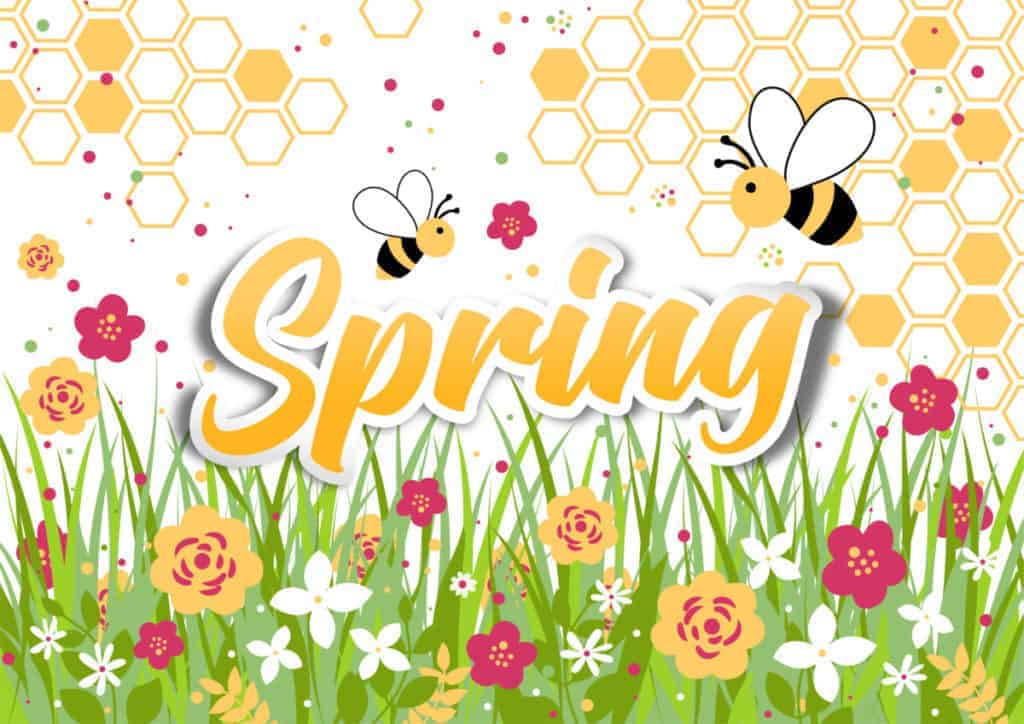
The best time to start a beehive is in the spring. There are a couple of reasons for this:
- Spring is when bees naturally start to resume high activity levels. If you start your beehive as soon as the weather warms up, the bees are going to have a reasonable amount of time to build a healthy hive.
- The activity levels of the bees are naturally going to go up as the weather gets warm, and the flowers bloom. Then, they will be able to take care of the hive and build it up as the weather continues to get warmer.
You should talk to other local beekeepers or your local beekeeping association to see precisely when the best time is to start your hive. Spring starts at different times in different areas, so there is no specific date that will work for every beekeeper in any given year. Although most beekeepers start hives in April and May.
You can start a beehive at any time during the spring, but it’s best to do so early in the spring. The more time they have, the more nectar and pollen they will be able to gather throughout the warm seasons. This will give them plenty of time to establish the hive well before the autumn comes along.
However, you also don’t want to start a hive too early. It doesn’t make any sense to start a beehive in the winter because they spend these cold months confined within the hive. In established hives, bees will spend winters in tight clusters around the queen. This is so that they can keep each other warm and protect the queen when the weather is frigid.
To maximize the yield and not waste resources, the best time to start a beehive is at the beginning of the spring.
Is It Really Okay to Wait Until the Spring?
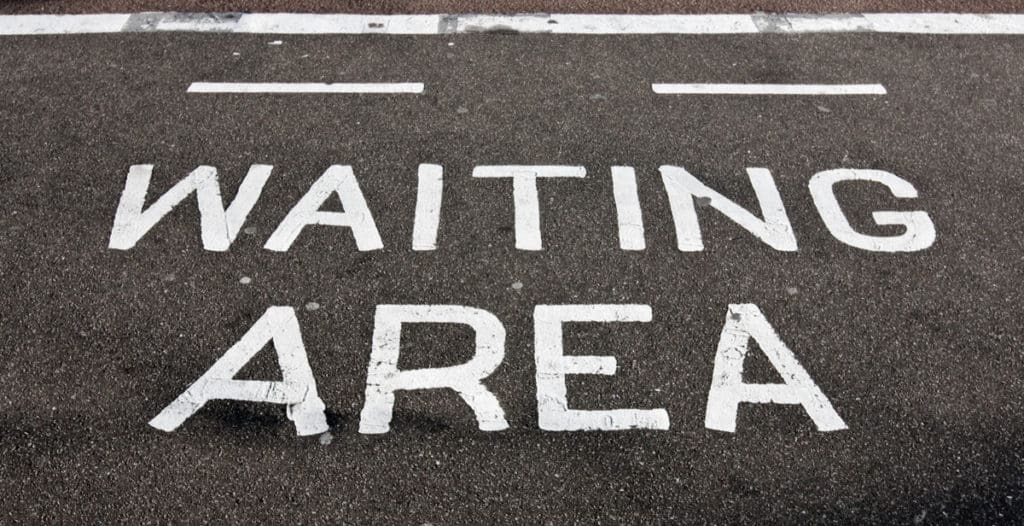
The spring might be the best time actually to put the process into motion, but this doesn’t mean that you should rest on your laurels until then. The truth is that the fall is the best time to start the legwork and make sure you are prepared for the process.
In the autumn and winter, you’ll have time to do all of the research you need to be a successful beekeeper in the spring. You can go to classes and talk to other beekeepers. Also, make sure you are familiar with and following all the local laws and regulations regarding beekeeping. Beekeeping can be difficult enough without any further headaches.
Some reasons to begin the work for your beehive in the fall include:
- Fall is the best time to set up the hive so that you have your woodenware and equipment ready for the bees when they arrive.
- You’ll need to plan the ideal location and make sure that you have all of the necessary equipment.
- It’s a good idea to purchase the bees in the fall. You’re not going to get them until the spring, but it’s important to order them early, especially since the populations are dwindling, and there is always limited supply.
Bee Behavior Through the Seasons

Some people may be under the misconception that once you start a beehive, the bees will do all the work. After all, that’s how it happens in nature, right?
The truth is you are going to have to perform regular maintenance on your beehives throughout the year. But not much during the winter months. Since the hive itself is not natural, your bees will need your help to build a strong and successful colony.
Spring

This is the best time for you to start the beehive, and you will need to help the bees jumpstart their work. Typically, honeybees are going to be very close to starvation at the beginning of the spring. The flowers haven’t started to bloom yet, and they aren’t yet able to harvest any pollen.
Because of this, you’re going to have to provide them with supplemental feeding, usually some form of protein or pollen patty and syrup. This will help your bees survive until natural sources of pollen and nectar is available.
When you start your beehive, you will have to feed your bees sugar syrup. This will give them the energy to work and build resources in their hive until the flowers bloom, and they can forage and store their own food.
The queen is going to produce more eggs as the weather continues to get warmer. The bees will become more self-sufficient during this time, but you will need to continually monitor their progress. You normally inspect hives on a weekly basis.
And I also wrote an article all about the best time of day to inspect a beehive I encourage you to read!
You want to make sure that they are generating enough food to keep the colony going. If you see that they aren’t, you’ll likely have to continue to feed them sugar syrup until they become completely self-sufficient
By the late spring, around May, the bees should have enough local pollen and nectar to require no further emergency feeding. However, you should continue to monitor them and be prepared to give them emergency food supplies if they seem to have scarce resources.
You should also be prepared for a large burst of population growth around this time, meaning make sure you have extra hive boxes and frames as the colony expands.
You don’t want your bees to swarm and leave. Also don’t forget your treatments, especially for mites. You don’t want to do all this work and either have your bees swarm and leave or become infested with mites.
Summer

This is when the population of bees will be at its highest. The worker bees are continually going to be very busy in June and July, keeping the colony going. They are going to be collecting nectar and pollen, producing honey, and taking care of the queen.
If you are lucky enough to produce a lot of honey, make sure your prepared to deal with any local predators such as skunks and bears. You may have to take measures to protect your bees from these predators such as electric fences to ward off bears.
Fall
This is the time of year where you are going to, hopefully, have a second honey harvest. Of course, you need to balance the harvesting of your honey with providing enough food stores for your bees to survive the winter.
Your bees will likely need around 60 to 70 pounds of honey and food stores to survive the winter. The bees are going to need it to survive the cold weather that is coming. And for more info about prepping your hives for the winter I wrote an article all about how much honey bees need to survive winter I recommend to read!
Depending on how much honey was harvested will dictate the amount of supplemental feeding your bees will require. This also depends on your bee management system, such as single brood management vs multiple brood boxes.
You’ll probably have to provide them with sugar syrup and again medicate (usually for mites) them during this time of year. The bees are going to start preparing for the oncoming winter.
Winter
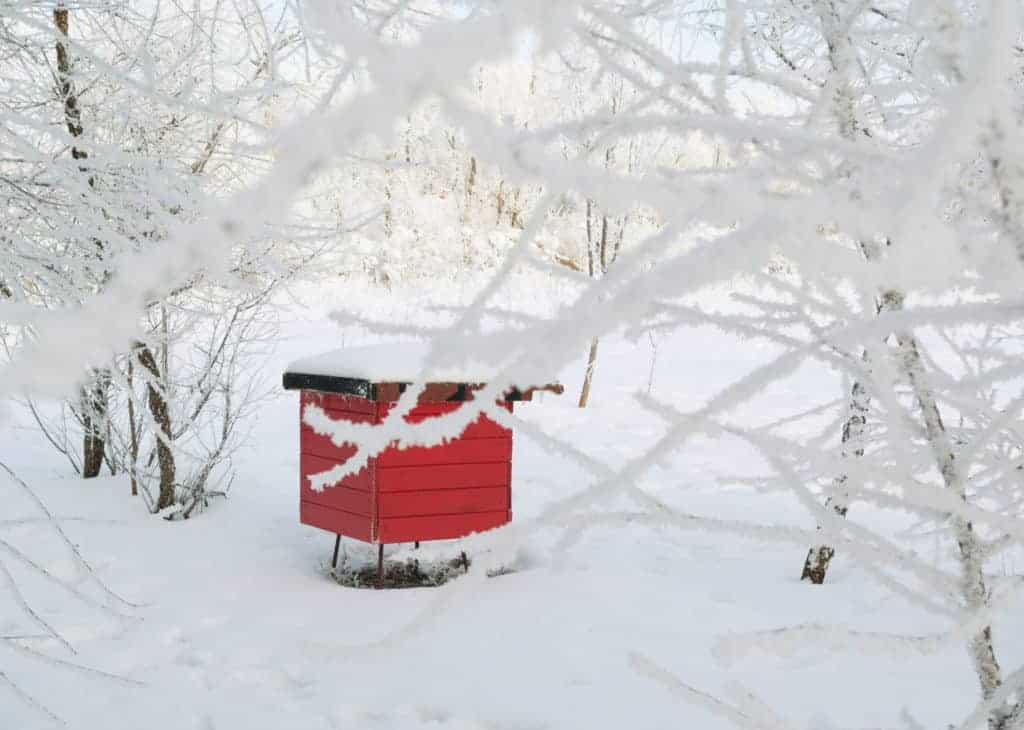
Even though the bees aren’t going to be active during this time of year, you will still need to check up on them from time to time. But it is always best to not inspect hives in the winter unless you really need to.
They are going to be tightly huddled around their queen since this is how they can keep warm and ensure the maximal chance of survival. It’s only going to be female worker bees that are in the hive during this time; the drones will have been driven out since they don’t have a purpose anymore.
A colony of bees will typically eat about 50-80 pounds of honey during the winter. However, they are going to run out of food before it starts to get warm again (depending on how cold your winter is). This is why you are going to need to monitor the beehive and be prepared to give them sugar syrup if they need it.
Don’t try to start a beehive in the winter because they are in survival mode at this point, not production mode. Quite frankly, you will not be successful. It can also be somewhat challenging just to sustain them during the winter.
However, if you are in a position where you have to take care of a new beehive in the winter, you should make sure that you don’t feed them liquid syrup. They won’t eat liquid syrup when it’s below 50 degrees Fahrenheit out.
Basic Costs of Beekeeping
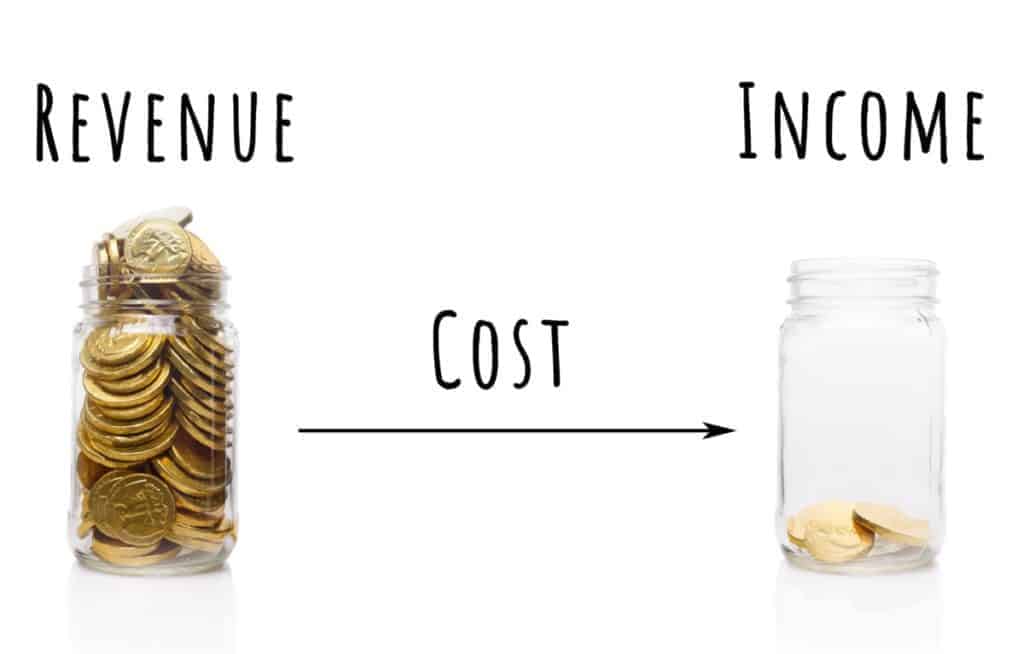
Most beekeepers will tell you that the hobby is worth the amount of money they have to spend. However, some will also say that it’s more expensive than they would have expected. It’s also not only about the money that you have to spend since it’ll take a considerable amount of time and energy as well.
If you’re new to beekeeping, here are just a few of the initial purchases you’ll need to be successful:
- The initial equipment, which primarily consists of a Langstroth hive
- The actual honeybees
- Any additional operating equipment that will help you work with your bees and maximize their output
For more detailed info take a look at this article: Is Beekeeping An Expensive Hobby. I explain in more detail what equipment you will need as a new beekeeper and the realistic costs.
On average, you’ll have to spend about $200 per beehive. The price can vary, but this is what you should expect to have to spend. This will typically include all of the necessary parts of the Langstroth hive.
Some beekeepers may want to purchase used beehives, but this is not recommended. Used beehives can contain diseases or residues that could be harmful to any honeybees that occupy them in the future.
You also need to prepare the hive. This will involve doing something to it to protect it from the elements, such as putting a thick coat of paint on it. A bottom board and hive stand will also be necessary in many cases to provide ventilation to the beehive.
As for the honeybees themselves, you’ll usually have to purchase them in either a package or a nuc. A package will be three pounds of bees, with a queen in a separate cage. A nuc (nucleus colony) is a colony that is already in a small box (usually 5 frames) that resembles a hive and are already established and working.
You can also choose an established colony or a swarm, though this might present more of a challenge to a novice beekeeper.
It’s recommended to start with at least 2 colonies of bees in the beginning. This will give you the best chance of success as a new beekeeper. There is a lot of factors outside of your control that can eradicate your colony. These include harsh weather, parasite infestations, or even mistakes that you might make as a novice beekeeper.
Overall, you can start a beekeeping hobby for $1100 to $1200, but I’d recommend budgeting $2000. You just never know what your going to need as you delve into beekeeping.
Most experienced beekeepers always talk about how they wish they’d been more realistic about the initial costs. I always recommend speaking with local beekeepers and associations before your begin purchasing equipment.
How to Start a Beehive

There are a few things that you need to keep in mind when you are entering the world of beekeeping, aside from the best time of year to start. Starting a beehive can be more complicated than you might think.
Buying or Building a Beehive
You can build your beehive from free plans available online, purchase them unassembled or buy your hives fully assembled and even painted. Many people don’t have the woodworking knowledge and skills to build a hive, so most of the time, purchasing one is the way to go.
I would recommend purchasing pre-assembled and painted hives when you begin. The difference in cost is pretty low if you’re only buying a couple of hives. But as you expand your apiary it’s more cost effective to assemble your own.
Hive Placement
You shouldn’t put your beehive just anywhere. It should be away from foot traffic so that humans won’t disturb the bees and vice versa. You should also face the entrance of the hive away from strong winter winds. Ideally, the entrance should face in the southeast direction. This way, it will get shade on the hot summer afternoons and sun in the cold winters.
For more information about hive placement check out: Is There a Best Direction to Face a Beehive.
Knowledge Is Power
It’s a good idea to learn as much about beekeeping as you can before you start. There is a lot that goes into it. Even after you are all done with the setup, you will need to be familiar with the yearly cycle of a colony of bees.
You’ll also need to know how to handle potential problems that come up and recognize problems when they occur. Beekeeping is a never-ending learning process and this is why so many beekeepers find it to be such a rewarding hobby.
Final Thoughts
Even though people take honey for granted, the truth is that beekeepers do some tough work. You need to make sure that you are taking care of your bees at all times of the year. This involves not only giving them the proper setup but also taking into account the effect that the seasons will have on the beehive and continuing to respond accordingly.
Much of what makes beekeeping so rewarding is not just the honey but being able to work with these insects to create something. Make sure to contact your local beekeepers and association before you begin. This will greatly increase your chance of success with your newfound hobby.
In any case, if you follow all of the necessary instructions, you should be able to get excellent yields out of the time you invest in beekeeping. You just need to make sure that you take care of your bees at all times, and they will make all the time and energy that you put into them more than worth it.
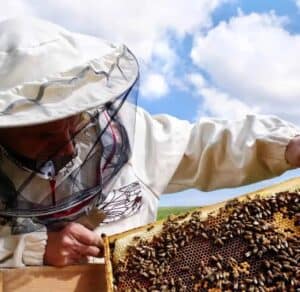
Joseph Davis
My goal is to show that anyone can take up beekeeping and it can be a very rewarding hobby. I strive to share my experiences and answer any questions you may have.
